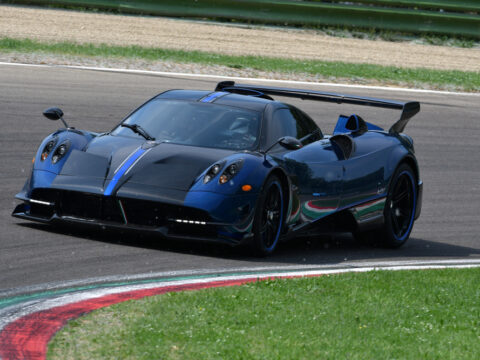In the world of transportation, visionary ideas often promise to revolutionize how we travel. Among these are futuristic trains, designed to push the boundaries of speed, efficiency, and comfort. However, not all of these ambitious projects make it past the planning stage. In this article, we explore 10 innovative train concepts that, despite their potential, never hit the tracks.
Contents
Aérotrain
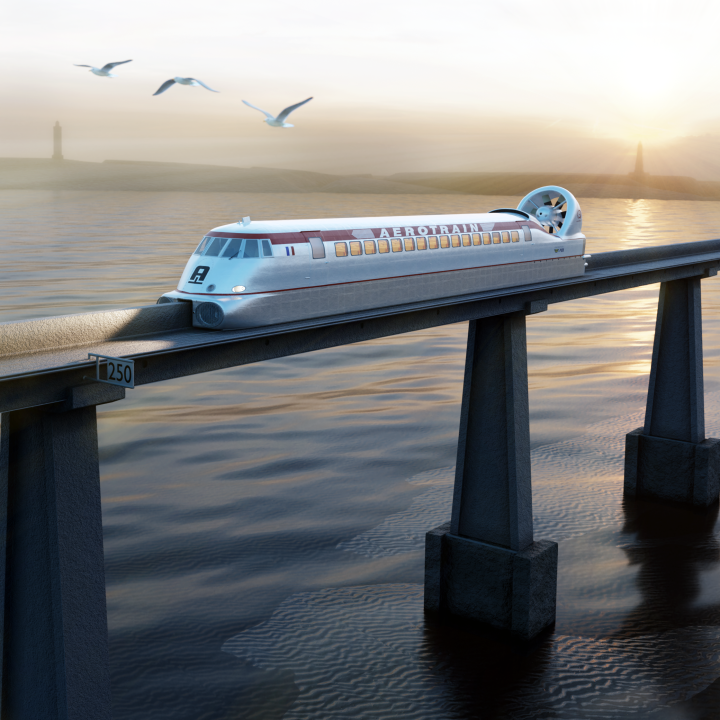
The Aérotrain was an ambitious French hovertrain concept that utilized an air cushion for lift, reducing friction and allowing for potentially higher speeds. Designed by engineer Jean Bertin in the 1960s and 70s, it could achieve speeds up to 430 km/h. Despite its innovative approach and successful test runs, the project was eventually abandoned due to financial constraints and the preference for traditional rail systems.
Hovertrain RTV 31
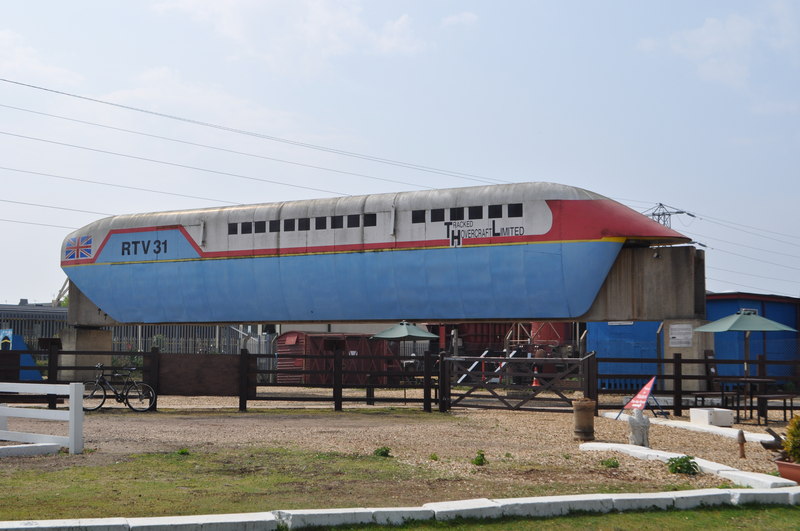
The British experimental Hovertrain RTV 31 was an innovative high-speed rail concept developed in the 1970s. Utilizing air-cushion technology and linear induction motors, it was designed to travel at speeds exceeding 300 km/h. Although it demonstrated promising results in tests, the project was halted due to high development costs and competition from conventional high-speed trains.
SNCF TGV 001
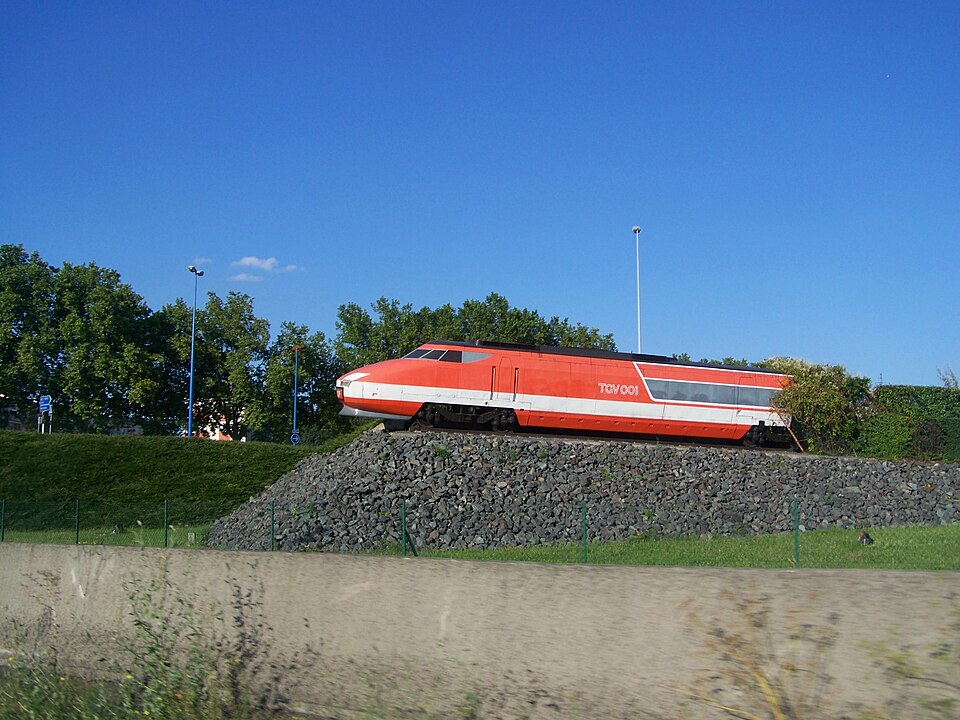
The TGV 001 was a prototype gas turbine-electric locomotive developed by the French National Railway Company (SNCF) in the 1960s. Designed to reach speeds of up to 300 km/h, it featured a unique aerodynamic design and powerful gas turbine engines. Despite its innovative technology, the rising cost of fuel and the success of electric traction led to the project’s cancellation in favor of electric TGV trains.
Transrapid 05
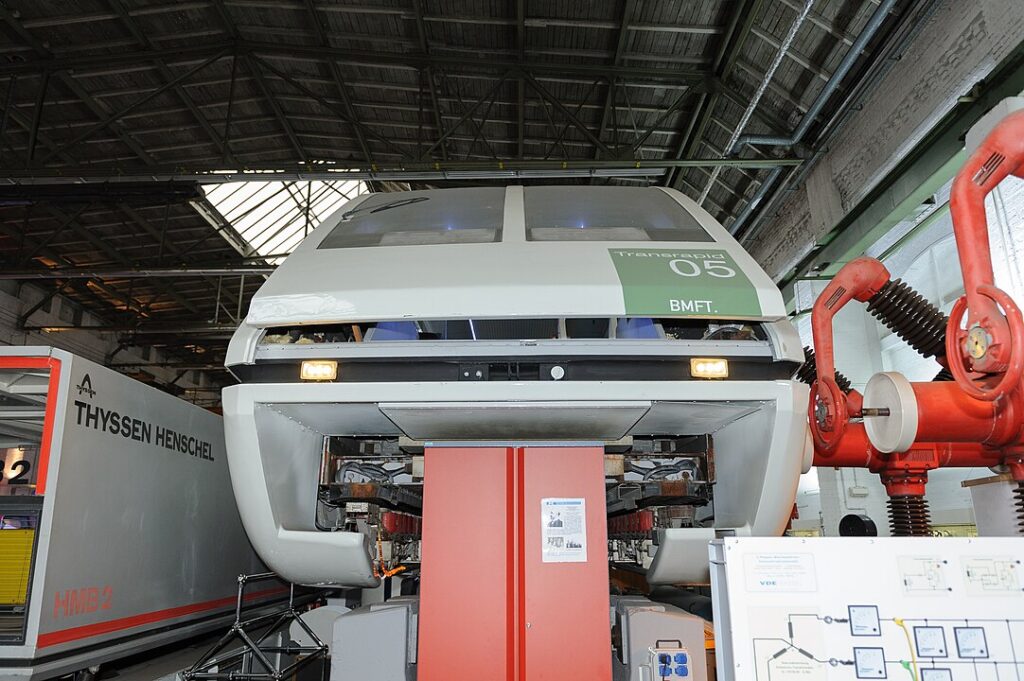
An early German maglev train, the Transrapid 05 was developed in the 1970s as part of Germany’s efforts to create a high-speed maglev transportation system. Capable of reaching speeds over 400 km/h, it demonstrated the potential of magnetic levitation technology. However, despite successful tests, the project was never fully implemented due to high costs and logistical challenges.
General Motors Aerotrain

The Aerotrain was a streamlined train concept developed by General Motors in the 1950s, designed for high-speed travel on existing rail lines. Its lightweight construction and sleek, futuristic design aimed to attract passengers with its modern aesthetic. Despite its innovative approach, the Aerotrain faced operational issues and discomfort due to its rigid suspension, leading to its eventual discontinuation.
JetTrain
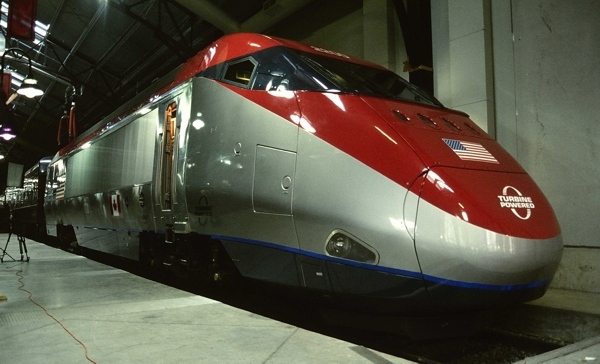
Bombardier’s JetTrain was a high-speed diesel-powered train concept introduced in the early 2000s. It featured a gas turbine engine capable of reaching speeds up to 240 km/h, offering a cost-effective alternative to electrification for high-speed rail services. Despite its potential, the project was shelved due to a lack of interest and funding from potential buyers.
BART C Car
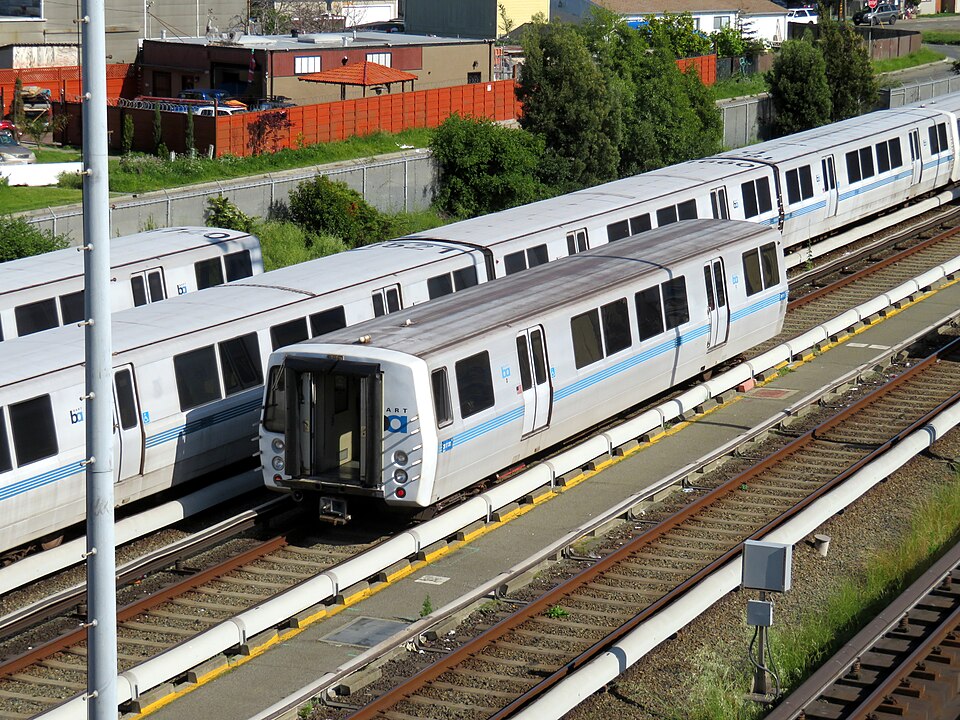
The BART C Car was an innovative rapid transit car design for the Bay Area Rapid Transit system. It featured advanced propulsion and control systems aimed at increasing efficiency and reducing operational costs. Although it showcased promising technology, the project did not proceed to full-scale production, leaving the BART C Car as a notable yet unrealized concept.
ERTMS Level 3

The European Rail Traffic Management System (ERTMS) Level 3 was a proposed high-speed rail management system designed to enhance safety and efficiency by utilizing continuous communication and moving block technology. While it promised significant improvements over traditional signaling systems, the complexity and cost of implementation have delayed its widespread adoption.
LIMRV (Linear Induction Motor Research Vehicle)
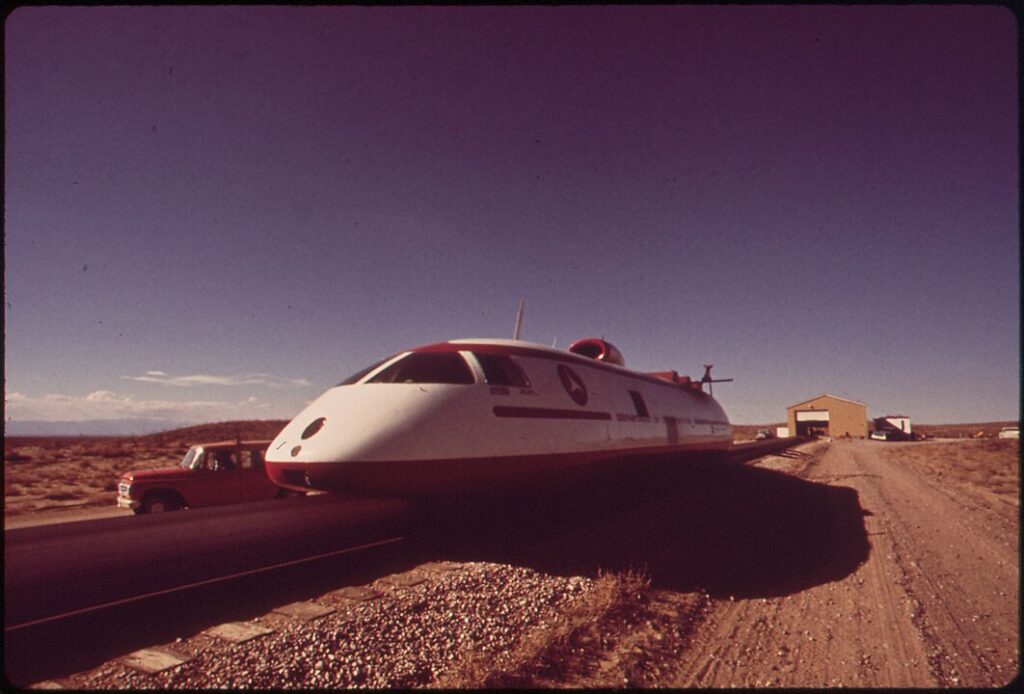
Developed in the 1970s, the LIMRV was an American test vehicle designed to explore the potential of linear induction motors for high-speed rail. It achieved a record speed of 255 mph (411 km/h) during tests, showcasing the technology’s promise. Despite this success, the high costs and technical challenges prevented widespread adoption.
Talgo XXI
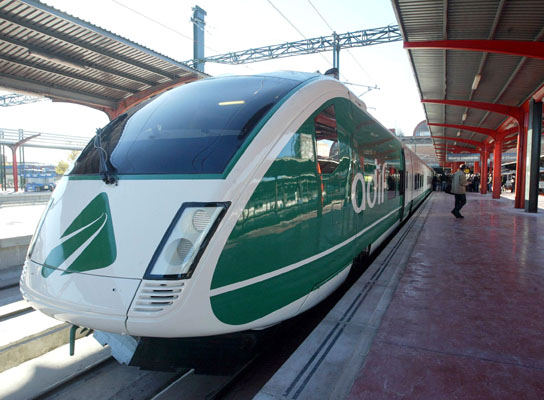
The Talgo XXI was a Spanish high-speed train prototype developed in the early 2000s. Featuring lightweight construction and innovative tilting technology, it aimed to provide comfortable and efficient high-speed travel. Despite successful tests, the project was eventually abandoned due to financial constraints and shifting priorities in Spain’s rail industry.
This article originally appeared in MyCarMakesNoise.
More from MyCarMakesNoise
15 Common Scams to Avoid When Buying a Used Motorcycle

Buying a used motorcycle can be an exciting yet daunting experience. With so many great deals out there, it’s easy to get caught up in the thrill of the hunt. However, it’s crucial to stay vigilant and informed to avoid falling victim to scams. Read More
Discover the 15 Secrets Auto Detailers Use for Car Maintenance

Keeping your car in top condition doesn’t have to be a mystery. Auto detailers have a few tricks up their sleeves that can make a big difference in maintaining your vehicle. Read More
20 Diesel Engines Built for Endurance

When it comes to reliability and longevity, diesel engines are often the top choice for many vehicle owners and industry professionals. Read More



